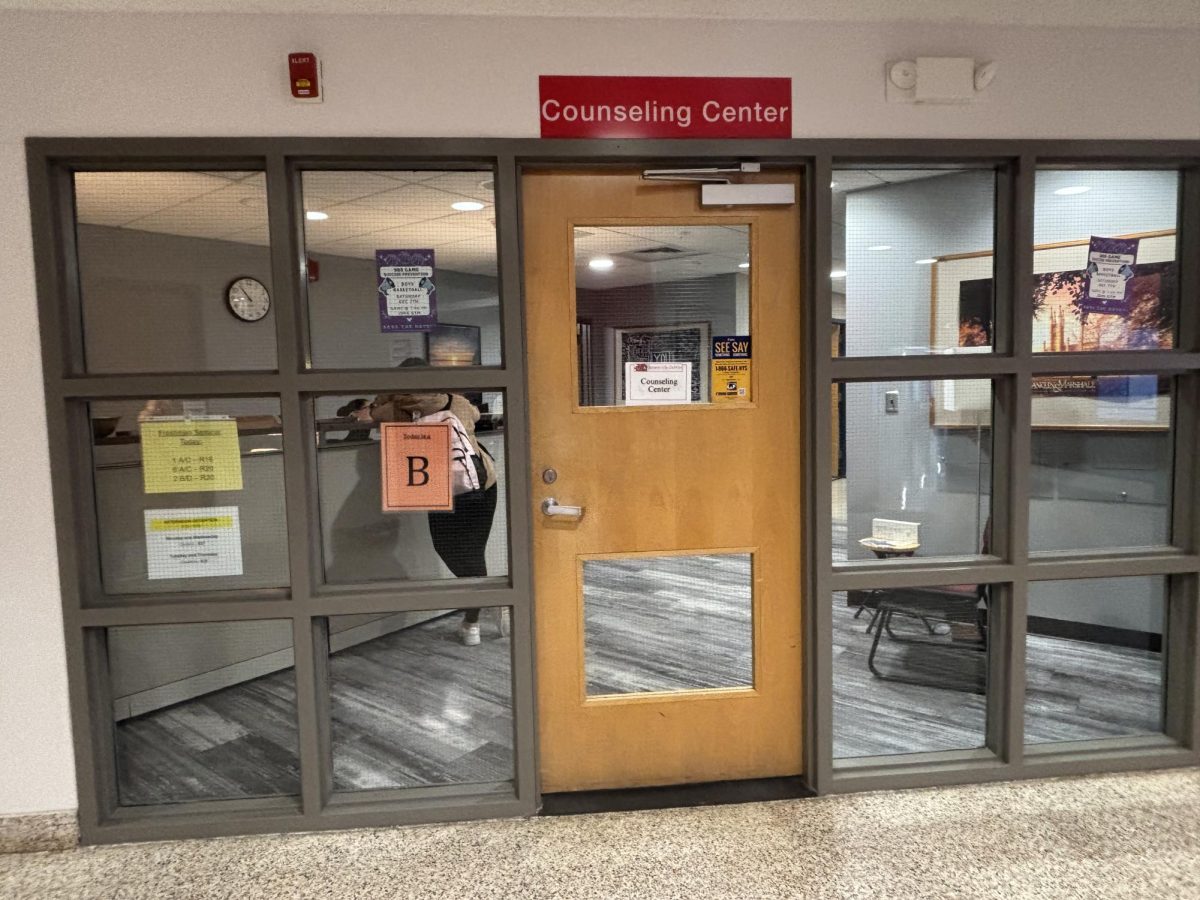For the past few weeks, one broken cable has crippled J-D High School. Persistent Wi-Fi outages have hindered students’ ability to learn over and over again. Students have expressed confusion regarding the local nature of the outages, many of which affect some rooms and not others. Meanwhile, teachers have often been unable to utilize their instructional material, including class notes, instructional videos, and SchoolTool.
Senior Nathnael Amare reports, “The Wi-Fi at the school has been really inconsistent. Whenever I try to use it, especially the last couple of weeks, it connects then disconnects. If I’m in class and I need to use my phone or computer for an assignment, I can’t always count on it to work. I feel like this shouldn’t be happening at a school considering there are many people who rely on the Wi-Fi to do assignments.”
Assistant Superintendent Peter Reyes states, “We had an issue with the fiber optic cable that runs from our main data closet to the intermediate closet in the STEAM wing. That caused the majority of the issues. This is an unfortunate situation where we work to restore it as soon as we possibly can. But sometimes these things happen, and we need to have an alternative plan when something like this occurs.”
However, many teachers were unprepared to shift their lesson plans due to the unexpected outages. According to biology teacher Nancy Raicht, “It’s just frustrating as a teacher trying to plan productive lessons. There will be days I walk in, and I have a whole activity planned for the students where they get out their Chromebooks. Then I’ll have to change my plans altogether because there’s no Wi-Fi in my first period class. There have been occasions where I’ve been in the middle of class, everything’s great, and then the Wi-Fi shuts down. That’s even more frustrating sometimes. It’s affected my stress level, because I’ve had to scramble to find a new activity for the students to do. I feel like I’m not as effective at times, which isn’t a good feeling as a teacher.”
History teacher Vitaliy Yanchuk says he has been able to adapt his lesson plans based on the Wi-Fi issues. “Fortunately, my classroom is located in a part of the building not much affected by the Wi-Fi outages; some teachers have it worse… As teachers we’re always dealing with both foreseen and unforeseen circumstances and inconveniences which, undoubtedly, affect our ability to best serve our students. We seek support and a resolution to the problems. Some are resolved while others are not, at least not immediately. We adapt and do things differently. It is always good to have a plan B. For example, I have most of my work backed up on a flash drive. If the internet is down and I cannot access Google Drive or printing services, I can still pull up a quiz on the monitor and have students answer the questions on a loose-leaf sheet of paper. I’m confident that the proper personnel are working on resolving the Wi-Fi outage issues, and in the meantime, we must move forward with poise and do what we can to educate all of our students, notwithstanding the challenging circumstances.”
Many students have been confused as to why the Wi-Fi often works in the science rooms while it is down everywhere else, or vice versa. “That’s multifaceted. Part of it is due to that fiber optic cable and that it connects to the same closet. The other issue is around the construction that’s going on in the building, and some of the interruptions that have occurred with that,” says Reyes.
The district has been forced to take steps to ensure the future reliability of the Wi-Fi network. Reyes is optimistic that the current issues will soon be resolved. He notes, “We’re actually doing a full network refresh in the district. Everything will be new, from the fiber optic cable to the switches. About one-third of the copper cabling is being replaced. That’s the oldest version. We have a few versions of copper cabling that have gone in over the years. Also, all the wireless access points are being replaced. We’ve done some upgrades that are not just new, but also upgraded materials. For example, our fiber optic cable we installed is an armored cable rather than a regular cable, so that we will hopefully not have the interruptions in the future.”
Senior Hannah Fuchsberg has recommendations for the district to improve the Wi-Fi’s reliability. Fuchsberg reports, “When the Wi-Fi is out, everybody’s ability to learn is negatively affected, as the majority of our school work requires Wi-Fi in some way. Teachers are already frustrated with construction in the school, and when construction causes the Wi-Fi to go out, it creates even more construction-related issues. I think the school should only do construction not during school hours if that is the primary use of the Wi-Fi outages. Or the school should get teachers a hotspot so at least they can use their computers to access their lessons even if students can’t use their Chromebooks.”
Senior Ali Mobeen says he has concerns about the implications of a dysfunctional school Wi-Fi network. “When our assignments are fully online, consistent Wi-Fi access is essential to fostering a productive classroom environment. Anything less is a disservice to our students. Furthermore, a lack of cellular access could prove detrimental to the school as well. In an emergency situation, our ability to contact emergency responders may be impacted by the distinct lack of signal within the building. Hopefully administrators are aware of the issue, and are taking steps to rectify these issues.”
Reyes assures students and teachers that the district is working diligently to address the Wi-Fi outages. “We are on the cusp of that refresh. That will ensure greater reliability. We’re constantly evaluating both our technology infrastructure and end user equipment, and we’re trying to make sure we have what will end up being best for students.”





































